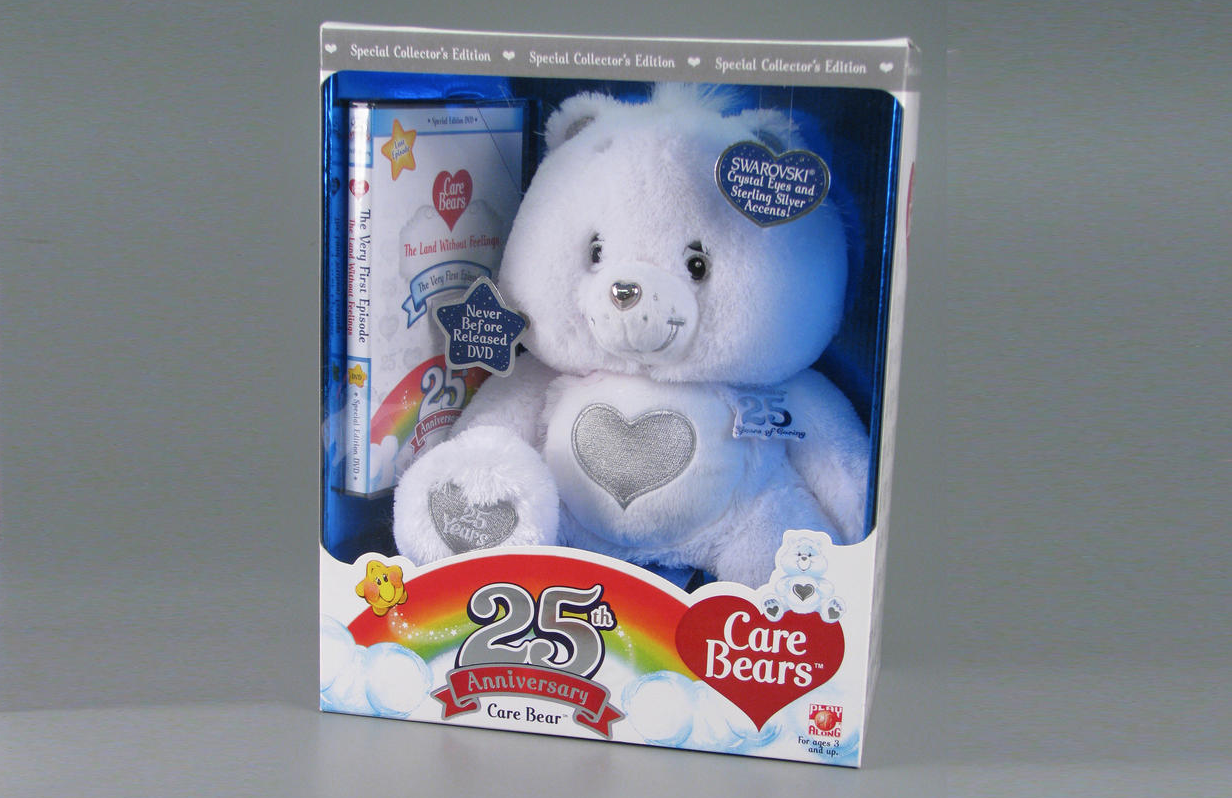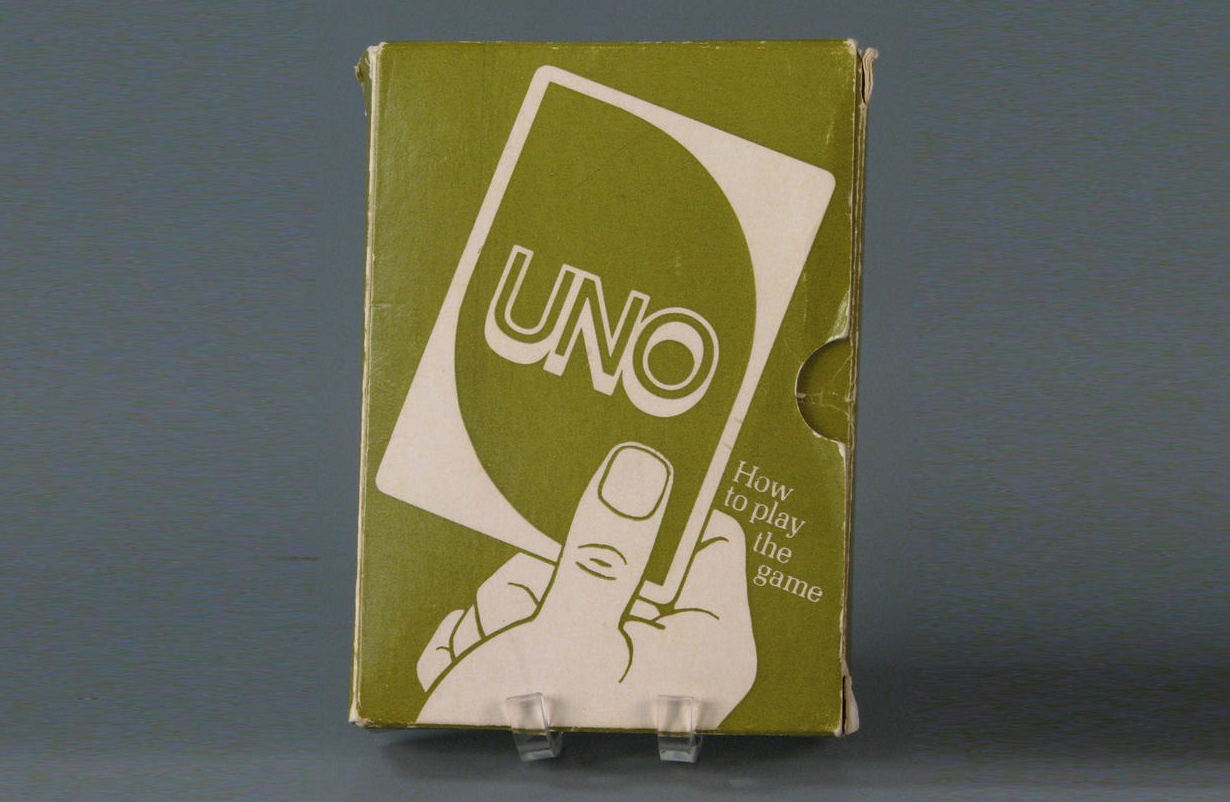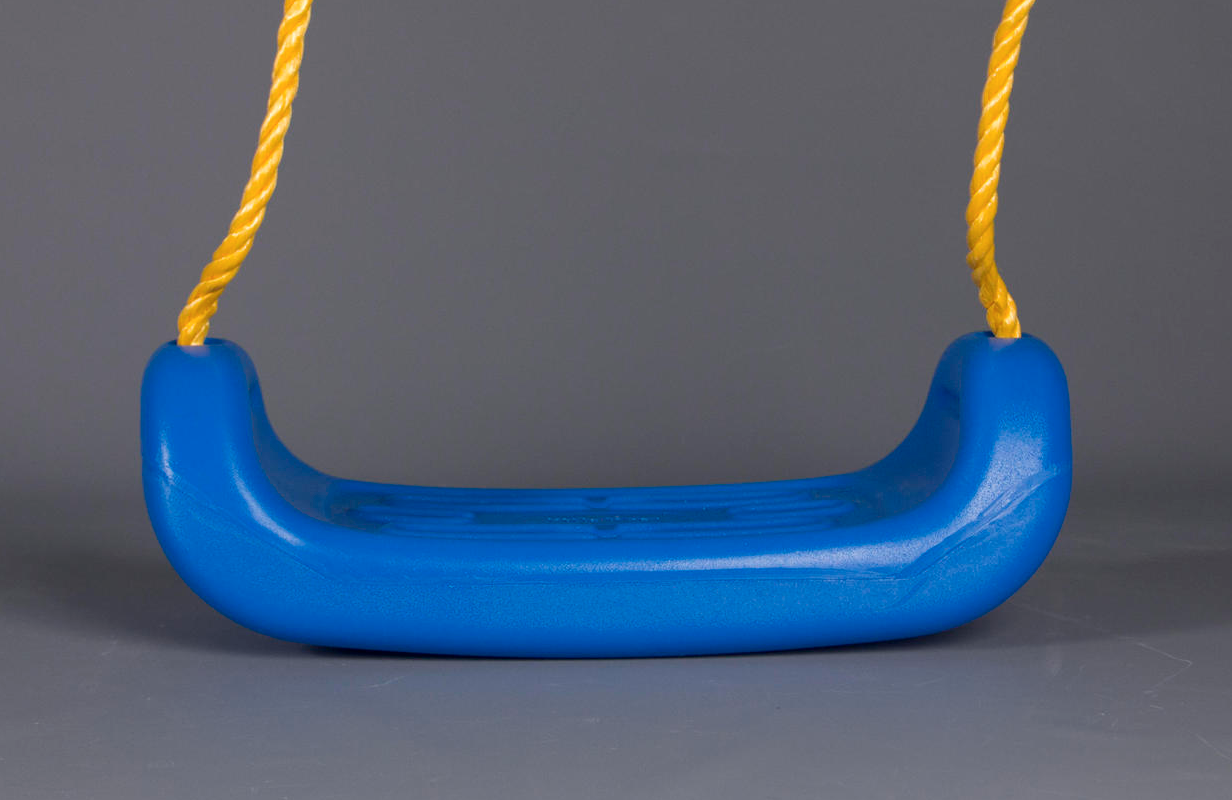National Toy Hall of Fame announces 12 finalists, including Care Bears and bubble wrap
The finalists range from the simple swing to complicated card games, showing the full scope of the evolution of play

Your support helps us to tell the story
From reproductive rights to climate change to Big Tech, The Independent is on the ground when the story is developing. Whether it's investigating the financials of Elon Musk's pro-Trump PAC or producing our latest documentary, 'The A Word', which shines a light on the American women fighting for reproductive rights, we know how important it is to parse out the facts from the messaging.
At such a critical moment in US history, we need reporters on the ground. Your donation allows us to keep sending journalists to speak to both sides of the story.
The Independent is trusted by Americans across the entire political spectrum. And unlike many other quality news outlets, we choose not to lock Americans out of our reporting and analysis with paywalls. We believe quality journalism should be available to everyone, paid for by those who can afford it.
Your support makes all the difference.The National Toy Hall of Fame has revealed a shortlist of 12 finalists for induction in 2016.
Judges from the Strong National Museum of Play in Rochester, New York, sorted through millions of emails from people naming the toys they believed deserved to be immortalised in the hall. The list contained expected characters, such as Care Bears and Rock ‘Em Sock ‘Em Robots, and less traditional toys like your everyday swing and even bubble wrap.
About two or three winners will be announced at an induction ceremony on 10 November.
This year’s nominees are Care Bears, Clue, the colouring book, Dungeons & Dragons, Fisher Price Little People, Nerf, pinball, Rock ‘Em Sock ‘Em Robots, the swing, Transformers, and the Uno card game.
“What they really show is the scope of play – from the swing to more modern action figures,” public relations director Shane Rhinewald told USA Today. “We are looking for iconic toys – instantly recognisable. And they have longevity.”
To be considered, a toy must go beyond its popularity and longevity, however, it also has to have influenced how toys are played with and their design.
The hall has inducted 59 toys to date, including the GI Joe action figure, rubber duckling, Crayola crayons, and the blanket.
Read the full list of candidates below:
Care Bears

Originally created as greeting cards for the American Greetings Corporation in the early 1980s, Care Bears first emerged as a teddy bear line by 1988. They became incredibly popular and spun off to have their own television series, movies, and storybooks.
Uno

Uno first appeared in 1971 and became a staple among American families. The point of the game is to shed your hand of cards, while forcing your opponents to draw more.
Transformers

Before they were featured in Michael Bay’s series of summer blockbusters, Transformers were one of the more complex toys that had children changing their toy cars into gun-wielding robots. Hasbro, Inc launched the action figures in the mid-1980s, which then became popular characters in a television series and Marvel comics.
Swing

The most ancient toy on the list of nominees, the swing can trace its evolution back to cave drawings in Europe and other artistic illustrations of antiquity. The modern swing, according to the Strong museum, was first developed in the 18th century for wealthy Europeans, before becoming a playground staple in the early 1900s.
Rock ‘Em Sock ‘Em Robots

Rock ‘Em Sock ‘Em Robots first set foot in the ring of American game rooms in 1965. Created by Louis Marx & Company, the game features two robots in a boxing ring, which players manipulate to punch their opponents head off.
Pinball

No self-respecting arcade can function without at least one pinball machine among the first person shooters and drag race simulations. Pinball machines date back to the 18th century game, bagatelle, the museum wrote.
Nerf

The foam material that changed how youths play sports in their yard – and orchestrate covert special ops attacks in their gardens – was a simple sphere made for throwing indoors at its 1960s premier. The 1989 debut of the Nerf ‘Blast a Ball’ in 1989, however, made the safe, foam material a staple among children who prefer action to sport when playing outdoors.
Fisher-Price Little People

Fisher-Price first debuted the wooded "Little People" toys in their 1959 toy, Safety School Bus. The toy was designed for young children to use their imaginations with the figurines.
Dungeons & Dragons

The role-playing game was developed in the 1970s and requires players to use their imaginations in a world with magic and monsters. According to Strong, D&D had a massive influence on the computer gaming industry.
Colouring Books

Although colouring books can be traced to a much earlier history, the New York printing company, McLoughlin Brothers, are credited with their creation in the 1880s.
Clue

Clue emerged during World War II, when it was developed by a retired solicitor’s clerk. The game received its patent in 1947 and reached a critical mass in popularity in subsequent years. Players must solve an elaborate murder mystery committed by at least one oddly named aristocrat. Clue is one of the best-selling board games in history.
Bubble wrap

Although not technically a toy, the Strong Museum cites bubble wrap’s amusement factor as a reason for its popularity. Accidentally developed in 1957, bubble wrap is intended for use as packing material for fragile goods – but it is near impossible to resist popping the bubbles.